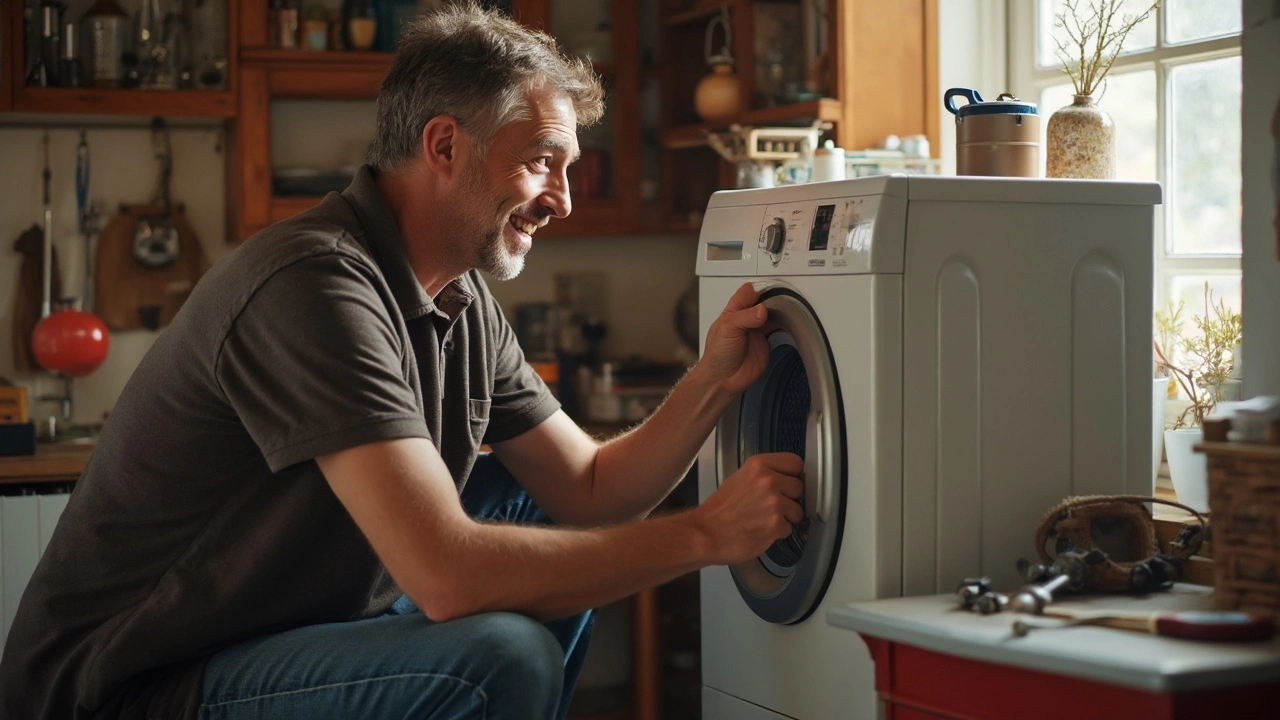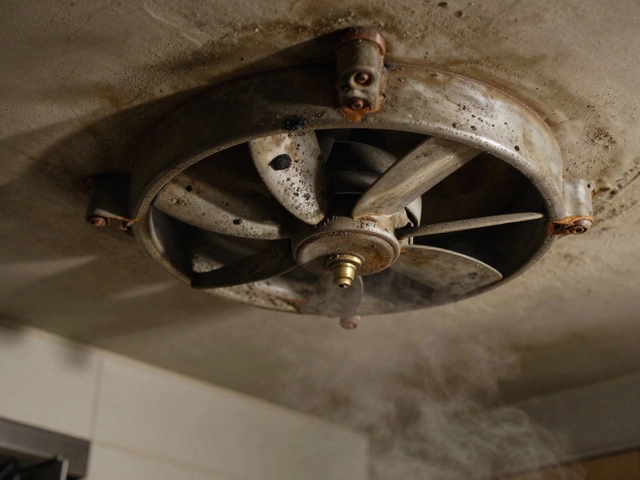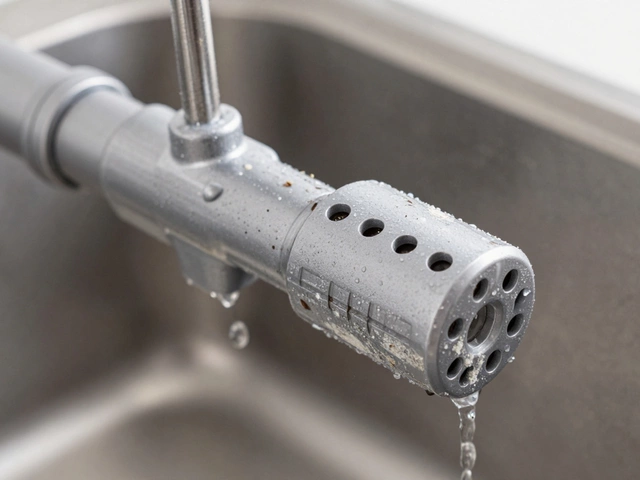Washing Machine Troubleshooting: Diagnose and Fix Common Issues
When working with washing machine troubleshooting, the process of identifying and fixing faults in household washers. Also known as laundry appliance diagnosis, it helps you avoid costly service calls and keep the laundry routine humming. Washing machine troubleshooting encompasses spotting symptoms, tracing them to specific parts, and applying the right repair method. It requires a basic grasp of how a washer works, so you can match a symptom to a component. Effective troubleshooting reduces downtime, saves money, and extends the life of the appliance.
Understanding the washer components, such as the drum, motor, pump, door latch, and control board is the next step. Each part has a clear role: the drum rotates to tumble clothes, the motor powers that motion, the pump drains water, and the control board governs cycles. When a component fails, the machine shows a tell‑tale sign—like a noisy spin, water not draining, or error codes on the display. Knowing which part does what lets you pinpoint the source quickly, turning a vague "not working" into a concrete repair plan.
Modern washers also come with built‑in diagnostic tools, error codes, sensor readouts, and test modes that guide you to the problem area. By consulting the user manual or a quick online lookup, you can translate a blinking pattern into a specific fault—like a clogged pump or a faulty temperature sensor. These tools act as a bridge between the symptom and the fix, letting a DIY enthusiast or a pro narrow down the issue in minutes instead of hours. Leveraging diagnostic data makes the repair process faster and less guesswork‑heavy.
When the fix goes beyond a simple filter clean or hose check, a qualified repair technician, trained in appliance service and certified to work on electrical and mechanical components becomes essential. A good tech brings the right spare parts, safety knowledge, and experience to tackle motor replacements, seal swaps, or control board reprogramming. Hiring a professional also safeguards warranty terms and ensures the job meets local safety regulations. Knowing when to call a technician versus when you can DIY is a key part of effective troubleshooting and helps you avoid further damage.
Why Effective Troubleshooting Matters
Every time a washer misbehaves, you face a choice: replace, ignore, or repair. Effective troubleshooting gives you the data to make an informed decision. It connects the symptom (like a loud thump) to the cause (unbalanced load or worn bearings) and then to the solution (re‑balance the load or replace bearings). This logical chain saves time, cuts unnecessary parts purchases, and keeps your utility bills in check because a well‑maintained washer runs more efficiently.
Below you’ll find a curated collection of articles that walk you through specific scenarios—error‑code decoding, pump clearing, motor testing, and more. Whether you’re a seasoned DIYer or just curious about why your washer stopped spinning, these posts give you step‑by‑step guidance, safety tips, and cost‑saving advice to get your laundry back on track.
Fixing a washing machine on your own might seem daunting, but with the right approach, it's often doable. This article guides you through common issues like drainage problems and leaks, offering practical DIY solutions. With just a few tools and some patience, discover which problems you can tackle and when to call a pro. Say goodbye to expensive repair bills and hello to a handy, budget-friendly solution.


